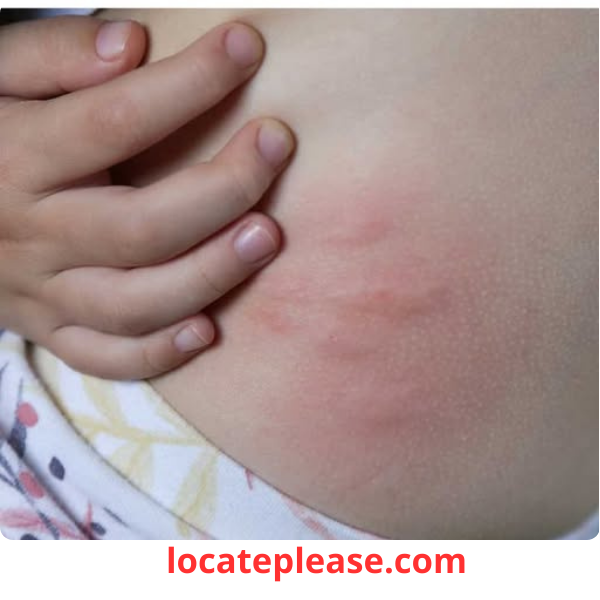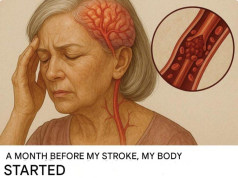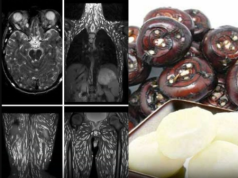Let’s be honest — few things are more frustrating than red, itchy, swollen spots popping up on your skin with no warning.
They itch. They burn. They won’t go away.
And worst of all?
You’re left wondering:
👉 Is it an allergy? A bug bite? Something serious?
You’re not alone.
Skin reactions like these are incredibly common, affecting people of all ages and skin types. While often harmless, they can be uncomfortable, unsightly, and sometimes a sign of an underlying health issue.
The good news?
With a little knowledge, you can identify the cause — and take steps to soothe, treat, and prevent future flare-ups.
Let’s break down the most common causes of swollen, red, itchy spots — and what to do about them.
🔍 What Causes Swollen, Red, Itchy Skin Spots?
These uncomfortable skin reactions can stem from a wide range of triggers — from environmental irritants to immune system overreactions.
Identifying the cause is key to effective treatment.
Here are the most common culprits:
🌼 1. Allergic Reactions (Hives / Urticaria)
What it looks like:
- Raised, red, itchy welts (hives)
- Can appear anywhere — face, arms, torso, legs
- May come and go within hours
Common triggers:
- Foods (nuts, shellfish, eggs, dairy)
- Medications (antibiotics, NSAIDs)
- Insect stings
- Pollen, pet dander, or latex
- Fragrances and skincare ingredients
Why it happens:
Your immune system overreacts to an allergen, releasing histamine — which causes swelling, redness, and itching.
✅ What to do:
- Take an antihistamine (like cetirizine or diphenhydramine)
- Avoid known allergens
- Apply a cool compress or calamine lotion for relief
- Seek emergency care if you have swelling of the face, lips, or throat — this could be anaphylaxis
🦟 2. Insect Bites and Stings
What it looks like:
- Small, red, raised bump
- Often with a central puncture mark
- Intensely itchy or painful
Common culprits:
- Mosquitoes
- Fleas
- Bedbugs
- Ticks
- Spiders
Why it happens:
Insects inject saliva into your skin when they bite — your body reacts to the foreign proteins with localized inflammation.
✅ What to do:
- Wash the area with soap and water
- Apply anti-itch cream (hydrocortisone or calamine)
- Use cold packs to reduce swelling
- Monitor for signs of infection (increasing redness, pus, fever)
- Remove ticks carefully with tweezers — clean the area well
🚨 Watch for: Tick-borne illnesses like Lyme disease (bullseye rash, fatigue, joint pain)
🦠 3. Skin Infections
Sometimes, red, swollen, itchy spots are a sign of infection — bacterial, viral, or fungal.
🔹 Bacterial: Impetigo
- Honey-colored crusts, often around the nose and mouth
- Highly contagious
- Treated with antibiotic ointment or oral antibiotics
🔹 Viral: Shingles (Herpes Zoster)
- Painful, blistering rash on one side of the body
- Often preceded by tingling or burning
- More common in older adults or those with weakened immunity
- Requires antiviral medication early in the outbreak
🔹 Fungal: Ringworm or Yeast Infections
- Ring-shaped, scaly, itchy patches
- Can appear on the body, feet (athlete’s foot), or groin (jock itch)
- Treated with antifungal creams (clotrimazole, terbinafine)
🧴 4. Chronic Skin Conditions
Some people deal with recurring red, itchy skin due to long-term conditions.
🔹 Eczema (Atopic Dermatitis)
- Dry, red, cracked, itchy skin
- Common in children, but can persist into adulthood
- Often triggered by stress, weather, or irritants
✅ Management: Moisturize daily, use fragrance-free products, avoid triggers
🔹 Psoriasis
- Thick, red patches with silvery scales
- Often on elbows, knees, scalp
- Caused by immune system overactivity
✅ Treatment: Topical steroids, light therapy, prescription medications
🌪️ 5. Environmental Irritants
Your skin is your body’s first line of defense — and it can react strongly to environmental stressors.
Common irritants:
- Harsh soaps, detergents, or cleaning products
- Polluted air
- Cold, dry weather (winter itch)
- Excessive sun exposure
- Synthetic fabrics
These don’t cause allergies — they cause irritant contact dermatitis — a direct reaction to damage on the skin.
✅ What to do:
- Use gentle, fragrance-free skincare
- Wear protective clothing in extreme weather
- Moisturize regularly
- Switch to hypoallergenic laundry detergents
🍫 Bonus: Food Sensitivities & Internal Imbalances
Sometimes, skin issues reflect what’s happening inside your body.
- Food sensitivities (dairy, gluten, sugar) can trigger inflammation and breakouts
- Hormonal changes (menstrual cycle, stress, thyroid issues) can worsen acne or eczema
- Gut health imbalances may manifest as skin rashes
👉 If your skin issues are chronic or recurring, consider talking to a doctor or dermatologist about underlying causes.
✅ How to Soothe & Treat Itchy, Swollen Skin
Regardless of the cause, here’s how to find relief:
- Don’t scratch! — It worsens inflammation and risks infection
- Apply a cold compress — reduces swelling and numbs itch
- Use over-the-counter remedies:
- Hydrocortisone cream (for inflammation)
- Antihistamines (for allergic reactions)
- Calamine or aloe vera (for soothing)
- Moisturize with fragrance-free lotions
- Wear loose, breathable clothing — cotton is best
🚨 When to See a Doctor
Seek medical help if you have:
- Widespread rash or rapid spreading
- Fever, chills, or fatigue alongside the rash
- Pus, oozing, or signs of infection
- Blisters or peeling skin
- No improvement after 7–10 days of home care
- History of allergies or autoimmune conditions
A dermatologist can diagnose the issue with a physical exam — and sometimes a skin scraping or blood test.
💡 Final Thoughts: Your Skin Is Trying to Tell You Something
Those red, itchy, swollen spots?
They’re not just “annoying.”
They’re messages from your body.
Whether it’s an allergic reaction, a bug bite, or a sign of deeper imbalance, your skin is asking for attention.
So don’t just scratch it away.
Listen.
Treat it with care.
And protect it like the vital organ it is.
Because healthy skin isn’t just about looks —
👉 It’s a sign of a healthy body.
Your skin speaks. Are you listening?










